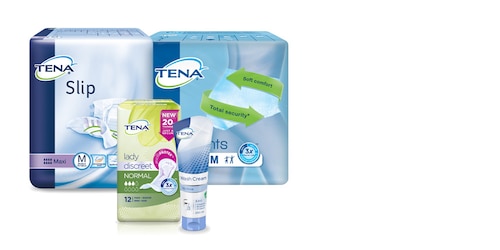Male Incontinence
Did you know that 1 in 4 men over 40 years will experience some form of urinary leakage in their lifetime? This is why it’s so important to know what you can do to improve personalised continence care, to help manage, if not reduce or treat, urinary leakage issues to increase the quality of life and confidence of individuals.




















